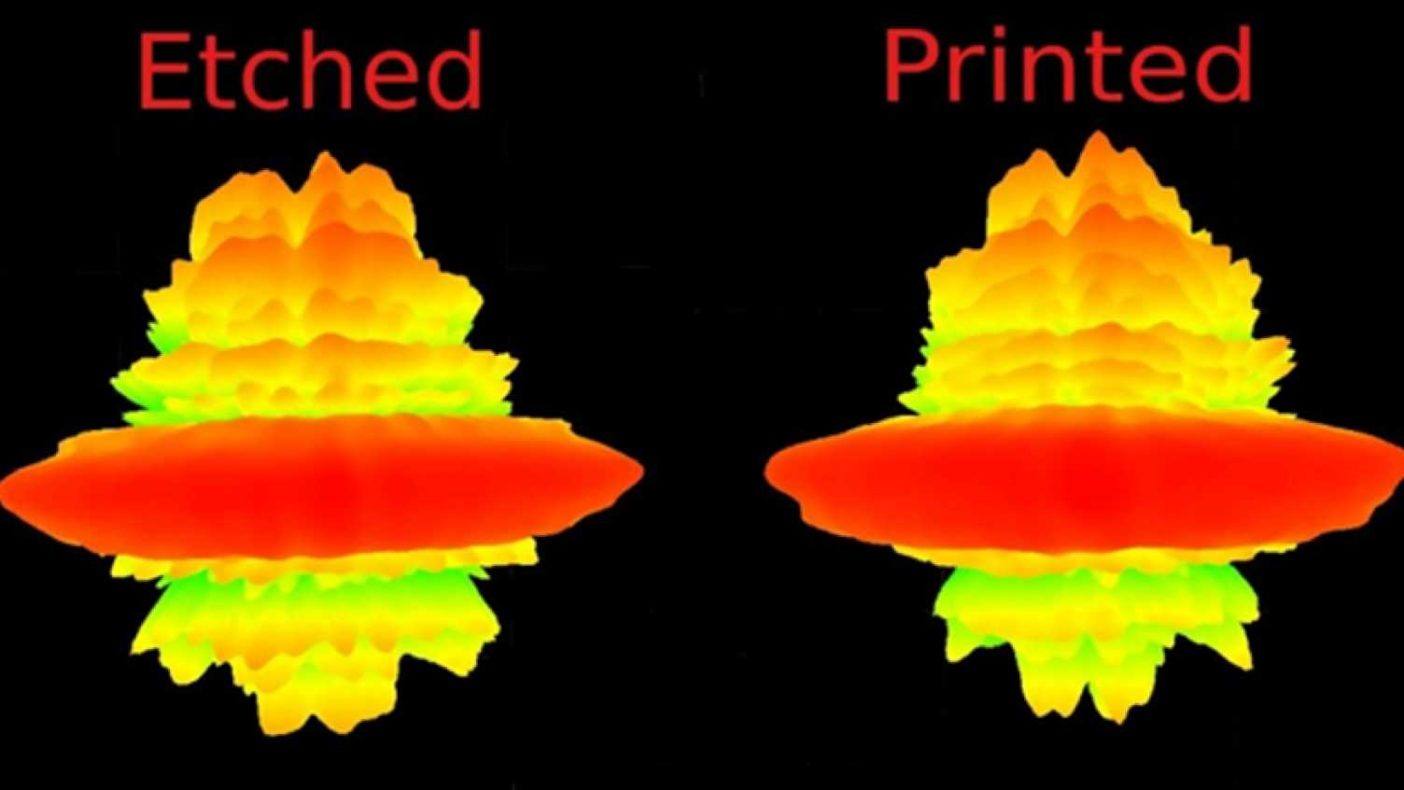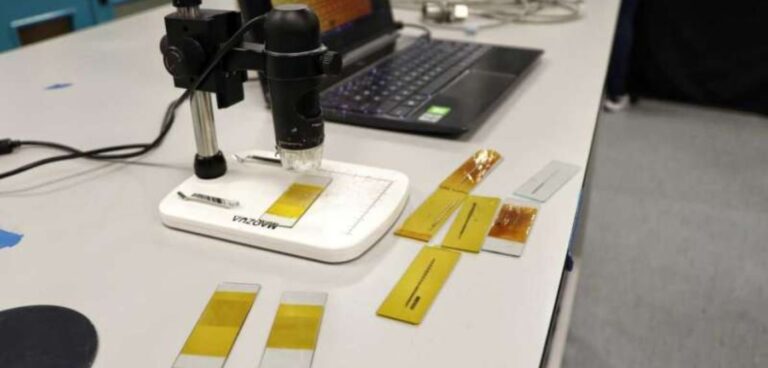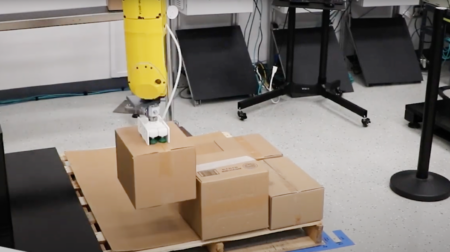Researchers at the University of Sheffield have been developing 3D-printed radio antennas to support the provision of better mobile phone signals and faster internet connections to remote communities.
The millimetre wave (mmWave) aerials, which have been designed, manufactured and tested by researchers from the University of Sheffield, are reportedly capable of radio frequency performance that can match that of antenna produced using conventional manufacturing techniques.
The research team suggests that the 3D-printed antennas could accelerate the development of 5G and 6G infrastructure both in the UK and internationally, and create better access to such technologies in more remote rural communities.
Antennas currently used to build telecommunication networks are typically slow and expensive to manufacture, which the university has suggested hinders innovation, delays prototype development and the building of new infrastructure.
In response to this, the university team has developed a new method that enables radio antennas to be produced much faster and at a lower cost, through use of 3D printing.
The technique means antennas can be produced in as little as a few hours, for only a few pounds, but with similar performance capabilities as antennas worth hundreds of pounds in manufacturing costs.
The picture below shows some 3D surface plots created at the measurement lab and offers a comparison between a traditionally manufactured example and the 3D printed antenna created by the team at the University of Sheffield.

The antennas use silver nanoparticles, which have electrical properties that are well-suited for radio frequency.
According to the researchers, they have been tested at various frequencies used by 5G and 6G networks, up to 48 GHz.
What’s more, their gain and time domain response—which affects the direction and strength of signal they can receive and transmit—is reportedly almost indistinguishable from those manufactured traditionally.
Eddie Ball, from the Communications Research Group at the University of Sheffield, said, “This 3D-printed design could be a game changer for the telecommunications industry.
“It enables us to prototype and produce antennas for 5G and 6G networks at a far lower cost and much quicker than the current manufacturing techniques.
“The design could also be used to produce antennas on a much larger scale and therefore have the capability to cover more areas and bring the fastest mobile networks to parts of the world that have not yet had access.”
Radio frequency testing of the antenna was performed using the University of Sheffield’s UKRI National mmWave Measurement Lab.








